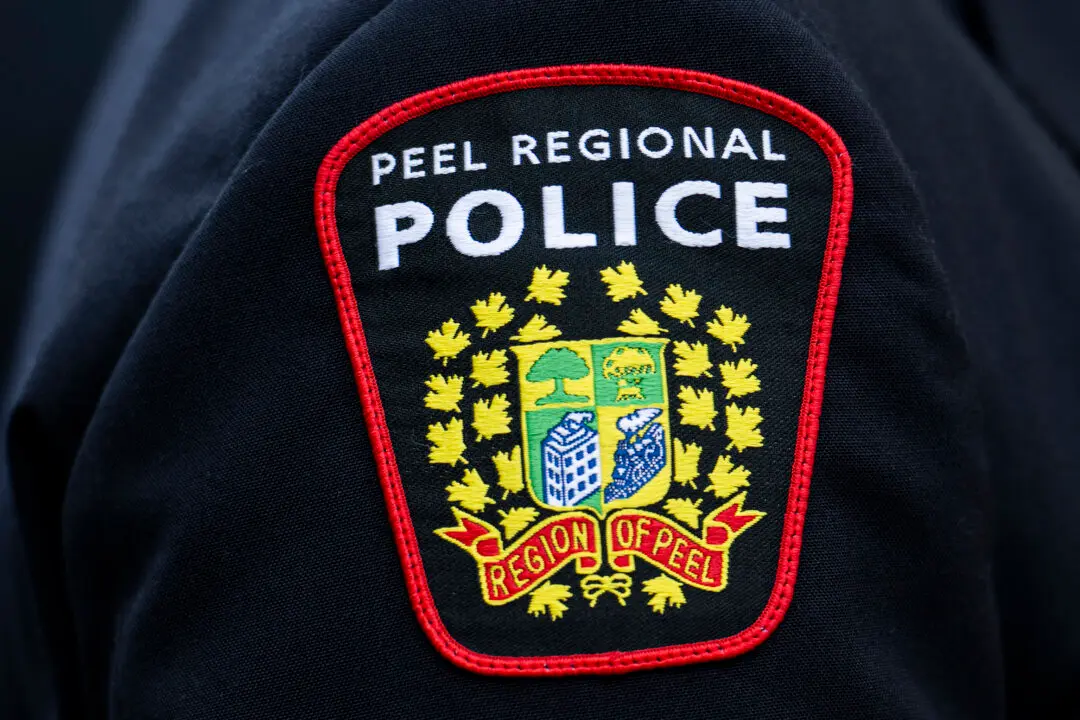Officials say the number of properties around Lake Okanagan destroyed or suffering significant wildfire damage has increased to 189, up from 181, as the region in British Columbia’s southern Interior moves from response to recovery.
West Kelowna Fire Chief Jason Brolund has told a briefing that the destructive McDougall Creek fire is still burning out of control, but the battle against the blaze is now in the hills above the community, “not in the streets and neighbourhoods.”





